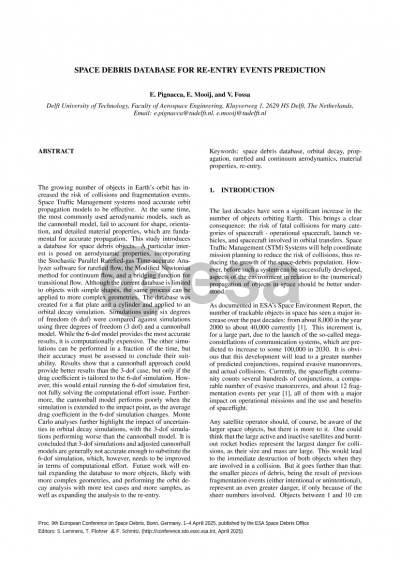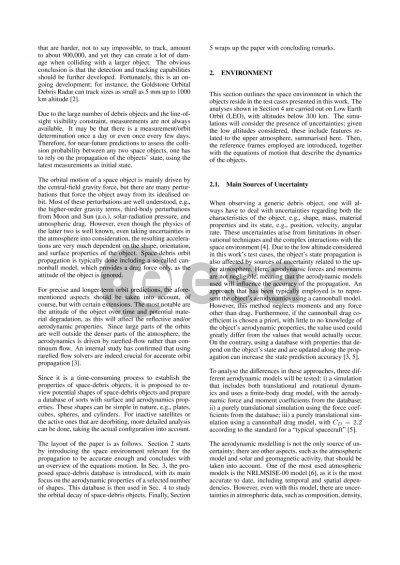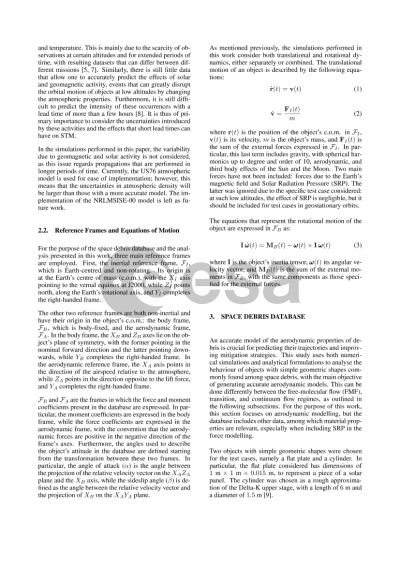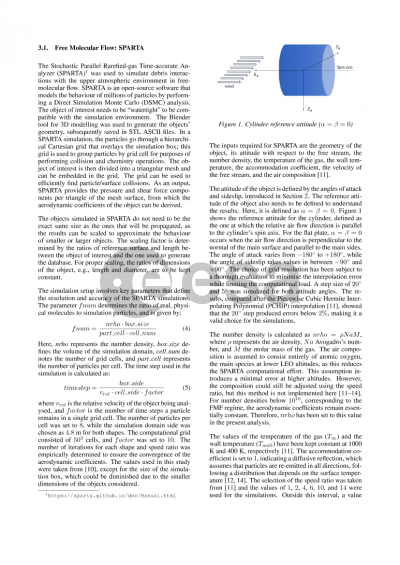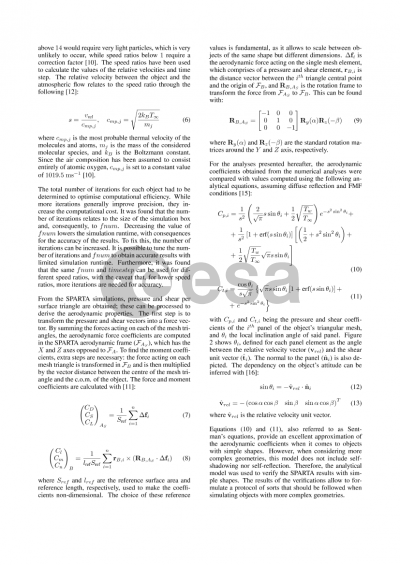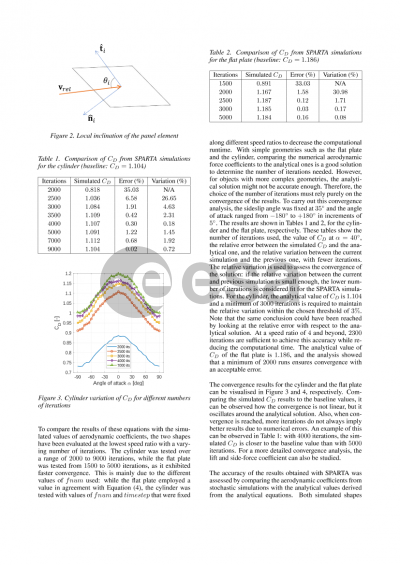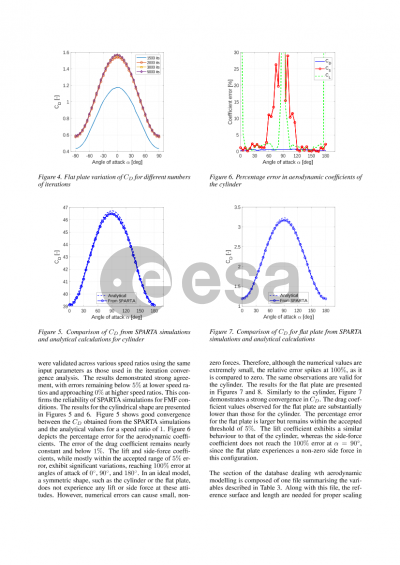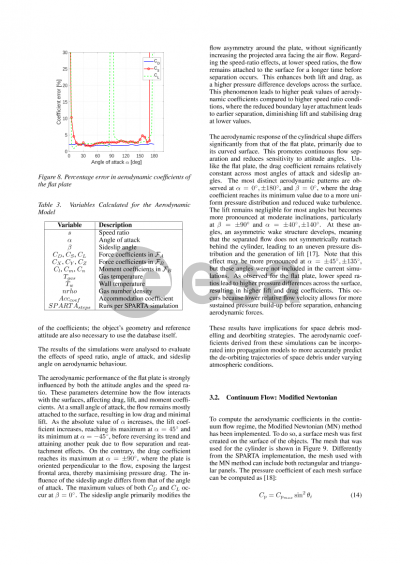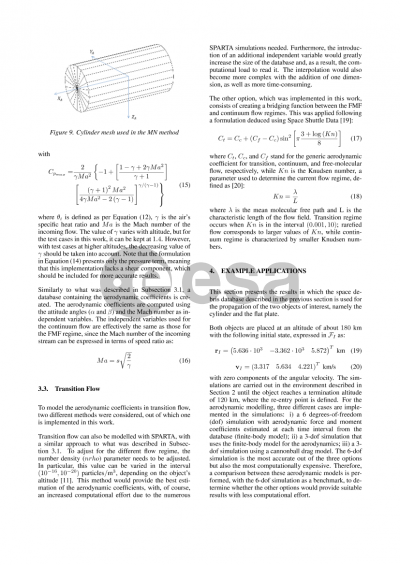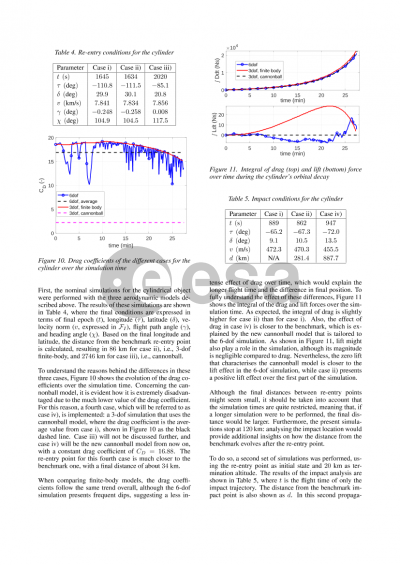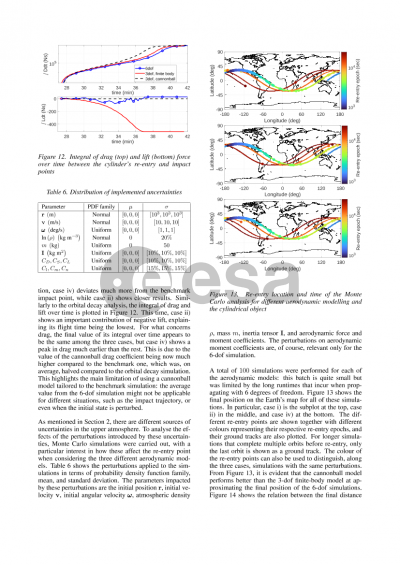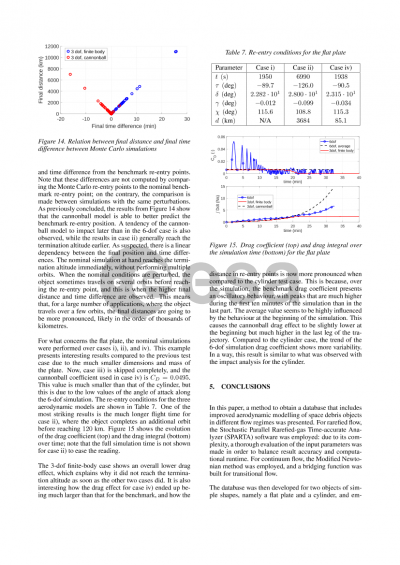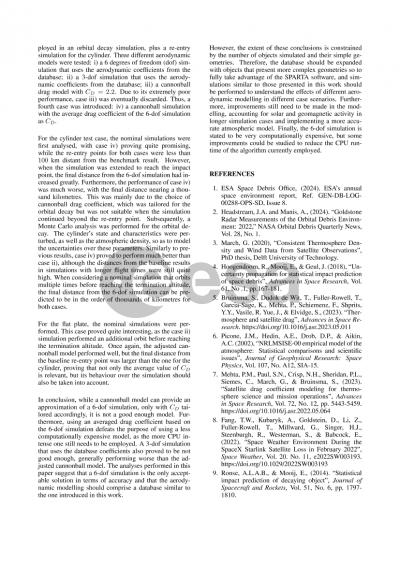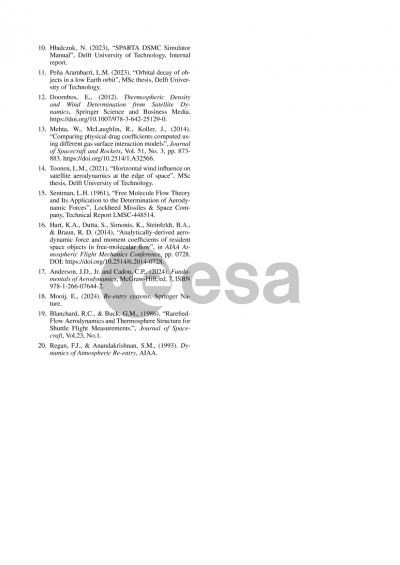Document details

Abstract
The last decades have seen a significant increase in the number of objects orbiting Earth. This brings a clear consequence: the risk of fatal collisions between objects in space has increased as well, most importantly with operational spacecraft. Space Traffic Management Systems will help coordinate mission planning for satellite deorbitation, launches, and orbit transfers, to reduce the risk of collisions and thus reducing the growth of the space debris population. However, before such a system can be successfully developed, aspects of the environment in relation to the numerical propagation of objects in space should be better understood. Furthermore, with the number of space debris constantly increasing, more mission planning is required, which relies heavily on extensive propagation capabilities. With more accurate models and data, the lead time can be increased, which would be beneficial for manoeuvre planning.
The orbital motion of any space object is mainly driven by the central-field gravity force, but there are many perturbations that force the object away from its idealized orbit. Most of these perturbations are well understood and can accurately be modelled. However, space debris orbit propagation typically includes the so-called cannonball model, ignoring the object's attitude, which is fundamental to accurately describe its aerodynamic and reflective properties. Mostly constant properties are usually assumed for the objects, without considering the material, surface degradation, and roughness, to name but a few.
This work sets out to generate a database of relevant space debris objects with their surface and aerodynamics properties, in which the coefficients are evaluated for different attitudes and atmospheric properties. For what concerns the aerodynamic coefficients, rarefied flow solvers are of crucial importance to accurately describe the gas particles-object interactions in the less dense parts of the atmosphere. The solver employed in this study is the Stochastic PArallel Rarefied-gas Time-accurate Analyzer (SPARTA) Direct Simulation Monte Carlo (DSMC) Simulator, an open source code developed by Sandia National Laboratories.
As the majority of space debris objects are the results of fragmentations due to collisions, explosions, or from anti-satellite tests, it makes sense to construct a database of simple objects first. Existing analytical methods could provide acceptable results for these cases, but using SPARTA allows for easy verification of the results, and provides insights on the inputs tuning that are valuable for following simulations. The advantage of employing SPARTA becomes evident with the more complex shapes: active or inactive satellites can be modelled and propagated using more accurate aerodynamic coefficients, thus providing a better estimate of the collision probability between two objects.
For a better modelling over the aerodynamic and surface properties, the uncertainty over certain parameters must also be taken into account; in particular, the effect of solar and geomagnetic activity, surface roughness, and cross-winds are considered, as well as issues related to the air species modelling in SPARTA. The potential material degradation is also an important issue to examine, as it affects aerodynamic and reflective properties.
Finally, an example of how this database can be employed is shown: a tumbling debris object is modelled and its state is propagated to simulate its impact on Earth; the effects of the aforementioned uncertainties on this test case are also evaluated. These simulations include both translational and rotational dynamics, to highlight the importance of a more accurate modelling of space objects.
Preview
